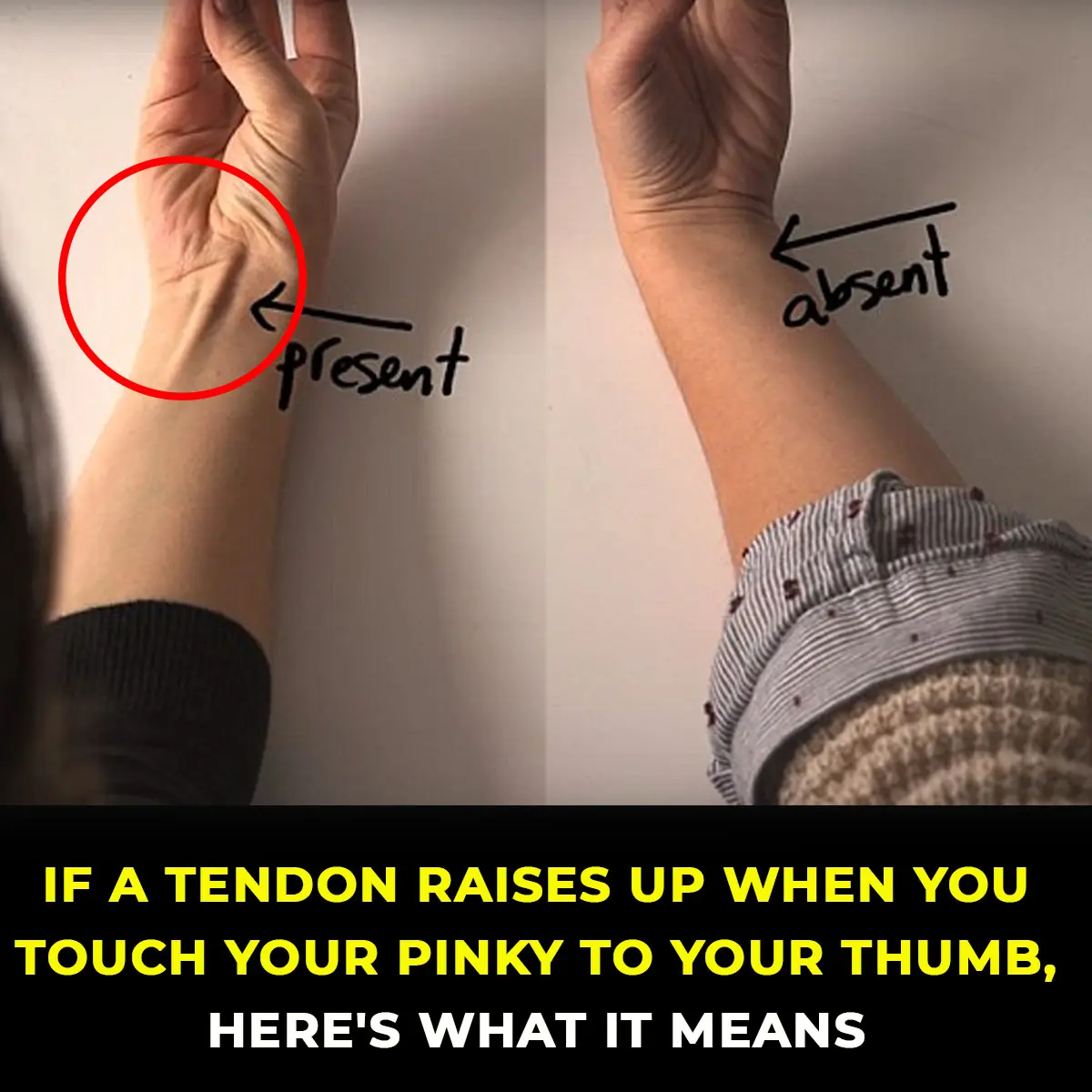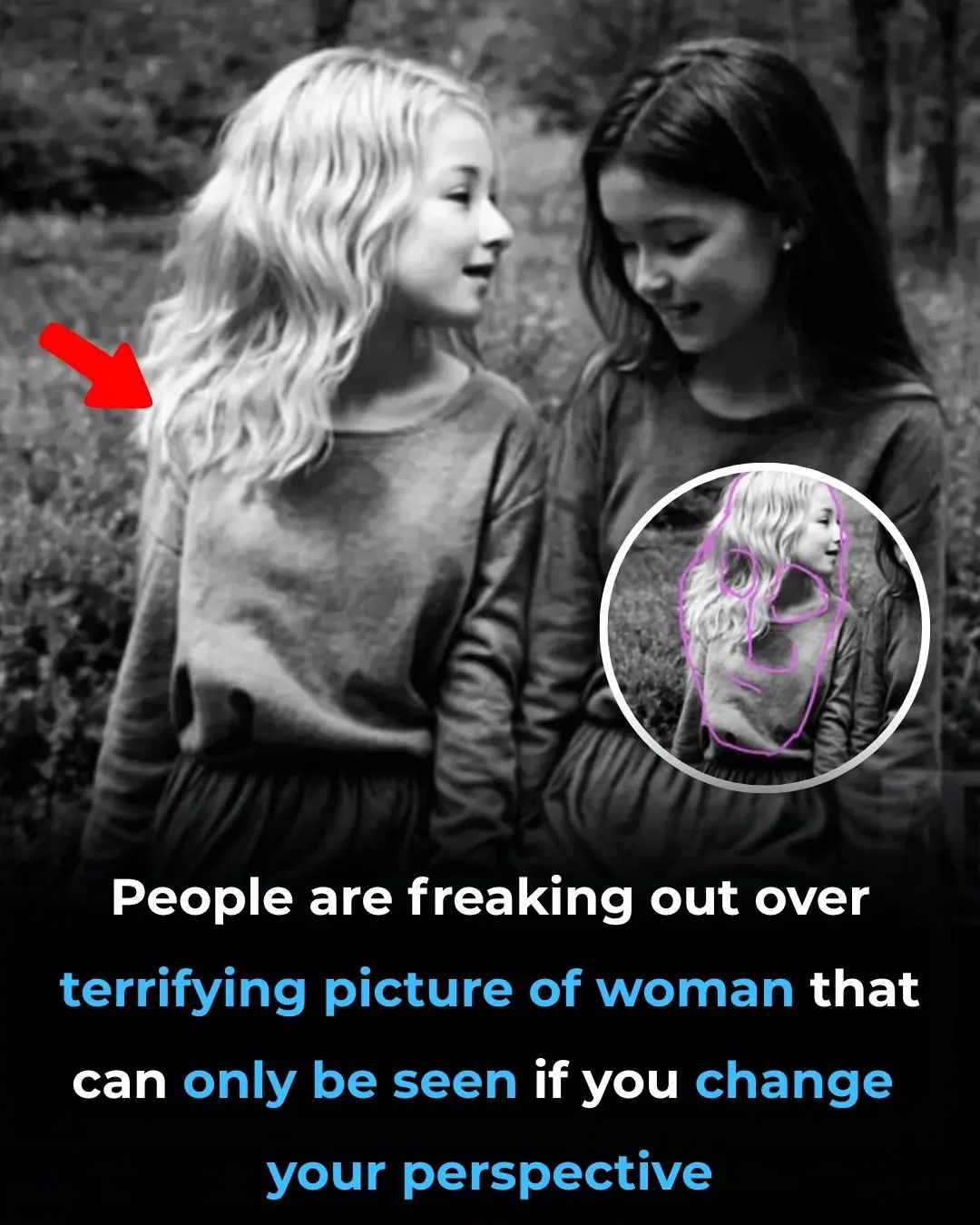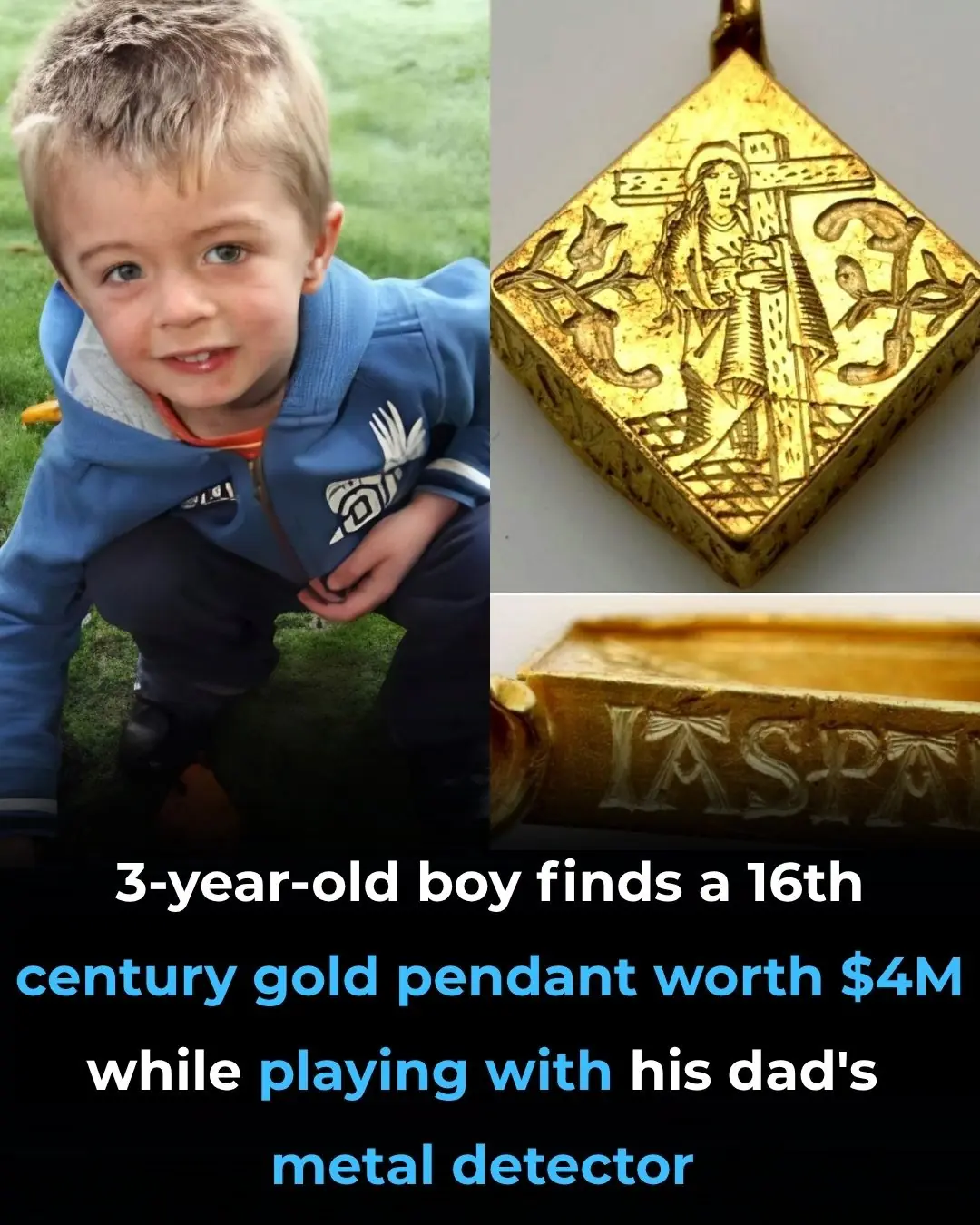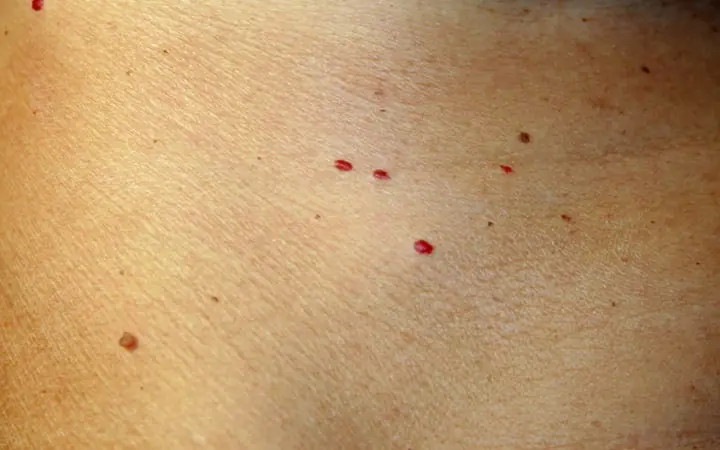This physiological response may not serve a significant purpose in our modern lives, but it is a fascinating reminder of how evolution has shaped us. For example, when faced with cold temperatures, you might notice a pigeon puffing up its feathers to conserve heat, an instinct that clearly points to our evolutionary past.
Similarly, when an animal feels threatened—like when you startle your cat—you may see its fur stand on end. This defensive reaction, designed to make the animal appear larger, is a survival tactic that has been passed down through generations as an evolutionary adaptation.
However, one of the most remarkable examples of evolution can be found in our arms, particularly in the tendons. Interestingly, about 10-15% of people no longer have this tendon, which offers strong evidence that human evolution is still ongoing.
This tendon is associated with the palmaris longus muscle, which was once crucial for arboreal primates such as lemurs and monkeys. These animals used the muscle to help them move between branches. As humans and other ground-dwelling apes, like gorillas, no longer need this muscle, it has slowly faded away over time.
However, evolution moves gradually, and about 90% of humans still retain this vestigial trait inherited from our primate ancestors. To check if you have this tendon, place your forearm on a flat surface with your palm facing up. Touch your pinky finger to your thumb and gently lift your hand off the surface. If you see a raised band in the middle of your wrist, you have the tendon connected to the palmaris longus.
If you can’t see the tendon, congratulations, you’re experiencing an example of evolutionary change!
The presence or absence of this tendon is a fascinating connection to our evolutionary past, with those who still have it carrying a direct link to our primate ancestors. Meanwhile, those without it are showing us that evolution is ongoing and shaping humanity as we continue to evolve.
The ways in which our bodies retain evidence of our evolutionary history are truly fascinating. It’s incredible to think how even traits that may seem insignificant or outdated can offer deep insights into our evolutionary journey.




























